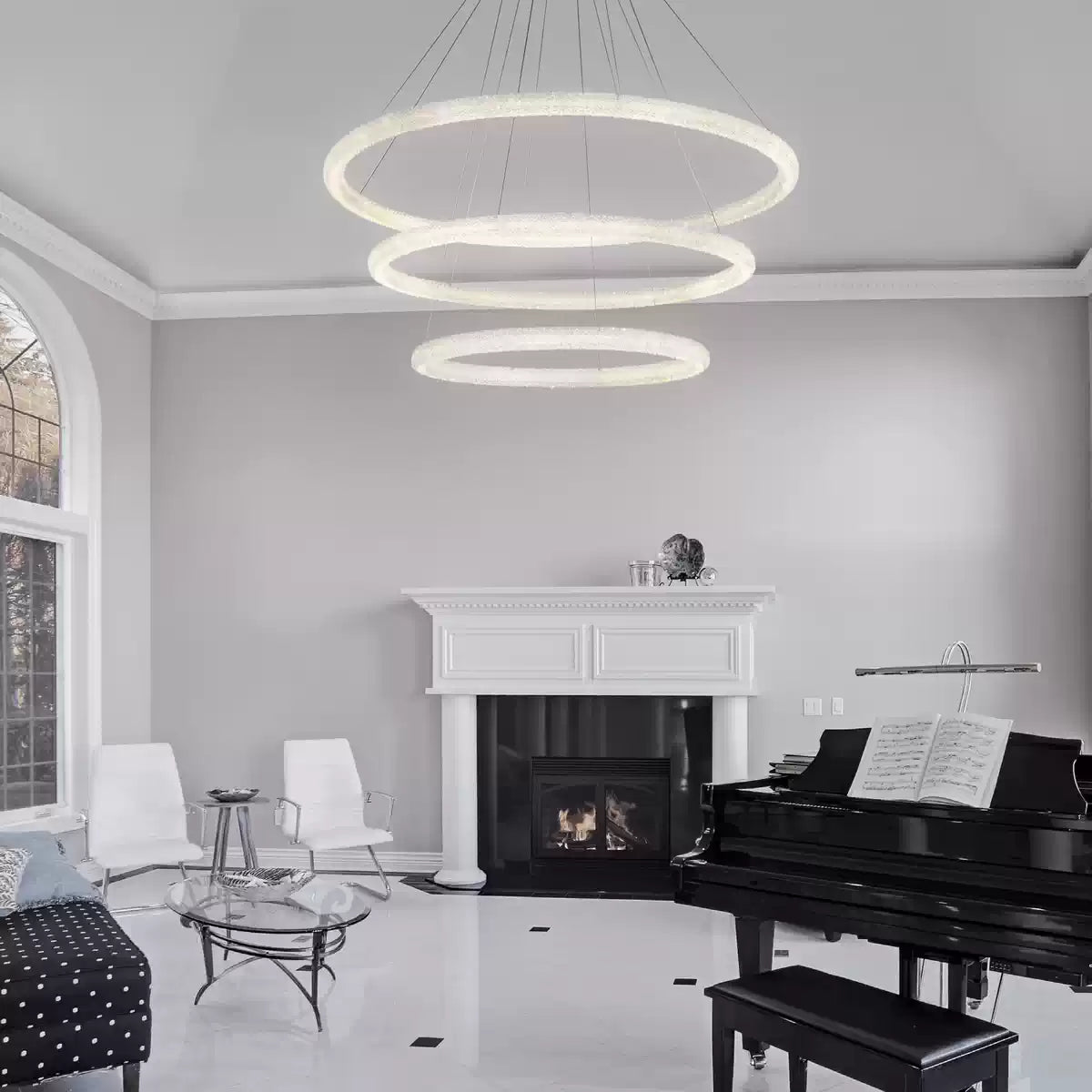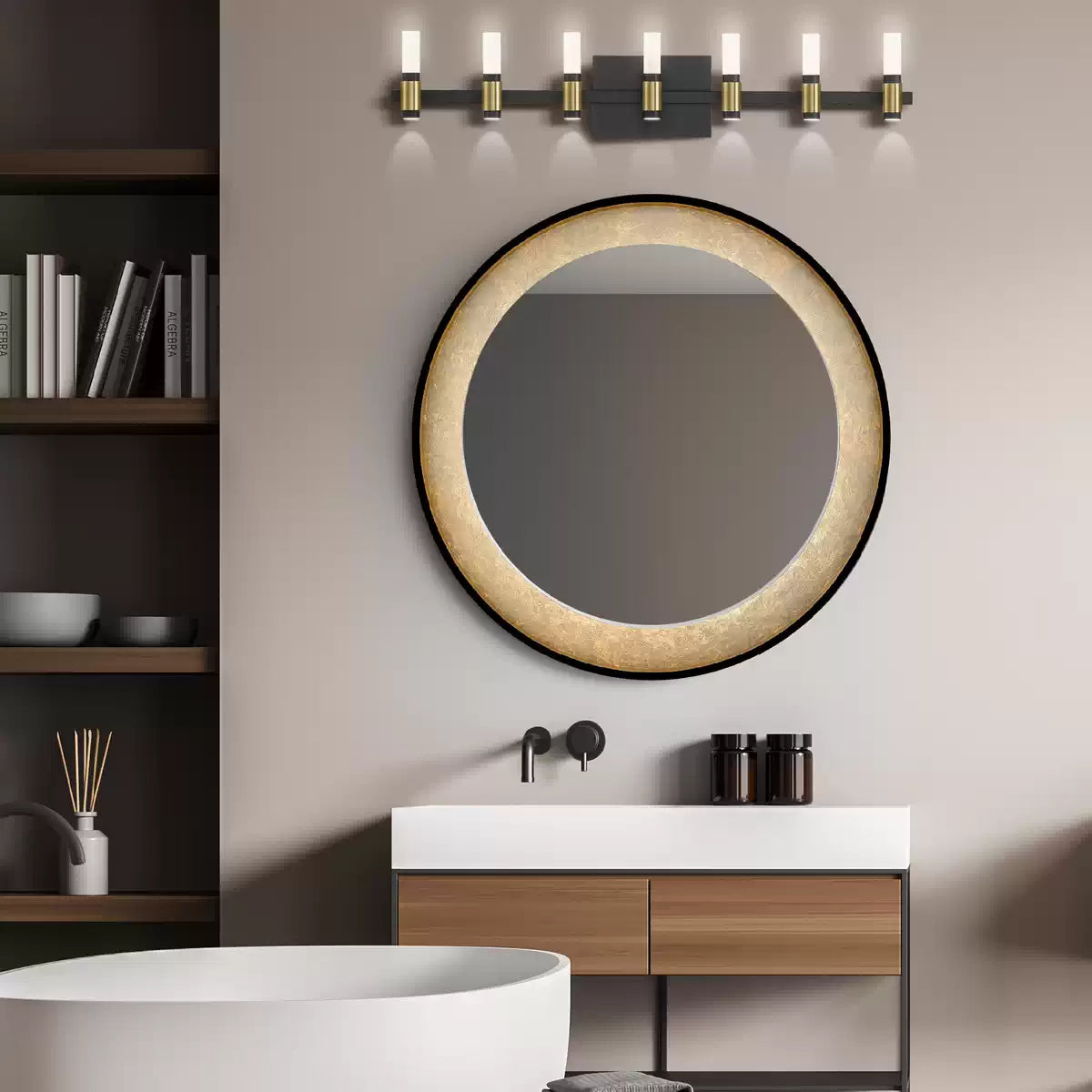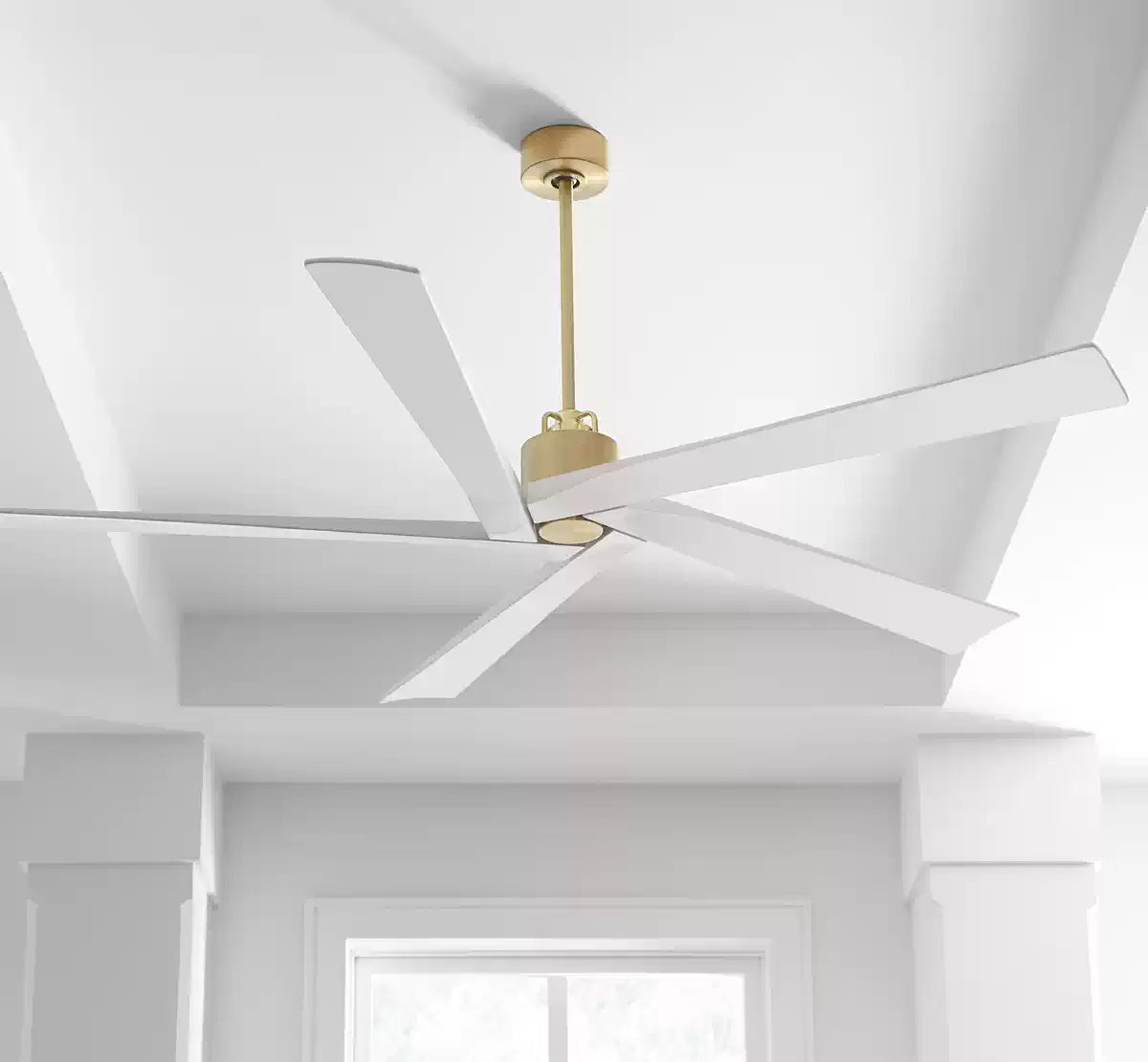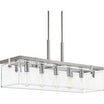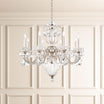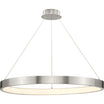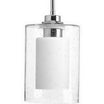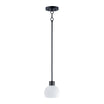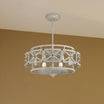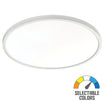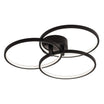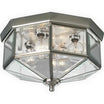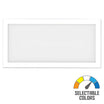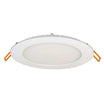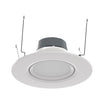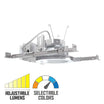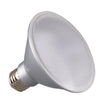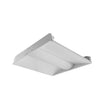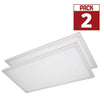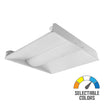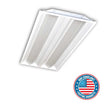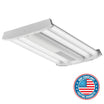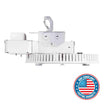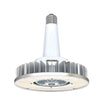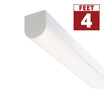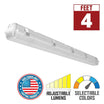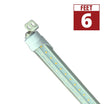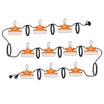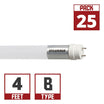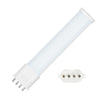LED lighting technology has revolutionized the world of lighting, offering energy efficiency, long lifespan and versatility. However, powering these lights requires a specific device known as an LED power supply, also referred to as an LED driver or LED transformer. The process of selecting the right LED power supply can be overwhelming due to the technical specifications involved. To help you navigate through the process, this guide will provide comprehensive insights into what an LED power supply is, why it is essential, and how to choose the right one for your LED lighting project.
What is an LED Power Supply?
An LED power supply, also referred to as an LED driver, is a device that converts electrical energy into the specific voltage and current required by LED light fixtures to function. They are designed to convert input power, such as AC or DC high or low voltage, into the output voltage and current necessary for LED lights to operate properly and protect against various types of overvoltage, under-voltage, open circuit, and over-current issues.
Why is an LED Power Supply Needed?
The need for an LED power supply arises due to the distinct operating requirements of LED lights. LED lighting fixtures operate on low voltage DC power, typically 12V or 24V. However, the standard mains voltage supplied to households and commercial spaces is usually 110V or 220V AC. An LED power supply serves as a bridge, converting the high-voltage AC into the low-voltage DC required by LED lights, ensuring their proper operation and preventing possible damage.
The Basics of LED Power Supply
When choosing an LED power supply, understanding the basic principles can be helpful. Here are some key aspects to consider:
Constant Voltage or Constant Current?
The type of LED power supply you need depends on whether your LED lights require a constant current or constant voltage.
Constant Voltage
Constant voltage LED power supplies deliver a fixed voltage, typically 12V or 24V DC, and are commonly used with LED strip lights. These power supplies adjust the current output to maintain the set voltage regardless of the load, ensuring the LEDs receive the correct voltage.
Constant Current
Constant current LED power supplies, on the other hand, deliver a fixed current, ensuring that the LED receives a consistent amount of power. These are often used with high power LEDs, where consistent brightness and color are important.
Key Features of a High-Quality LED Power Supply
When looking for an LED power supply, consider these key features:
High Dependability
A dependable LED power supply offers stable performance over an extended period, minimizing maintenance costs.
High Efficiency
Efficiency, expressed as a percentage, tells you how much input power the driver can use to power the LEDs. For LED applications, it is a good idea to select a power source with 80% efficiency or higher.
High Power Factor
Power Factor (PF) measures how effectively electricity is used. A high PF means more power is being used effectively and less wasted.
Surge Protection
LED power supplies need to provide surge protection because LEDs are relatively susceptible to surges. Proper surge protection is crucial for ensuring the longevity and reliability of an LED driver.
Protection Functions
LED power supplies should also have a range of protection features to ensure that the LED lighting equipment operates safely and stably under various emergencies. These features may include short circuit protection, overheat protection, over current or voltage protection, and more.
Choosing the Right LED Power Supply
Determine the LED Strip Voltage
The first step is to determine the voltage of the LED strip. Most LED strips operate at 12V or 24V DC. This information can usually be found on the product specifications or the product image.
Calculate the Power Draw of the LED Strip
Next, determine the power draw of the LED strip, which is typically listed as wattage (W) or amperage (A). If you plan to run more than one light off of one power supply, you need to add up the wattages to find the total wattage used. Then, to ensure you have a large enough power supply, add a 20% buffer to the total wattage calculated from your LEDs.
Verify the Output Voltage
It's also important to verify that the output voltage of the power supply matches the voltage of your LED strip lighting.
Check Dimmability
If your LEDs are dimmable and you would like to adjust their brightness, make sure you choose a power supply that has dimming capabilities.
Consider the Temperature and Weather
An essential factor that cannot be overlooked when choosing your power supply is the area and environment where it will be used. Power supplies operate most efficiently if they are used within their temperature parameters.


